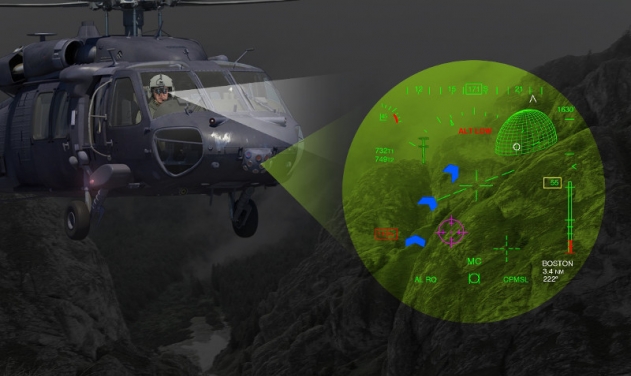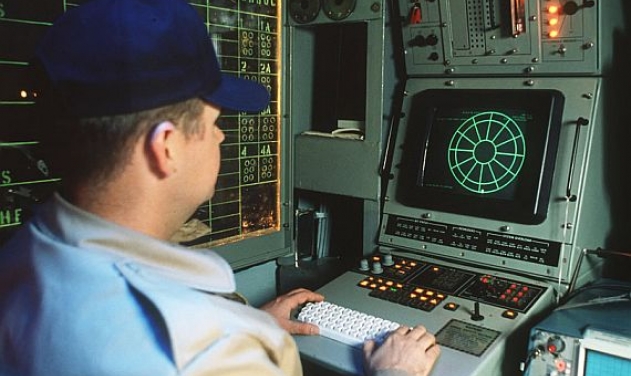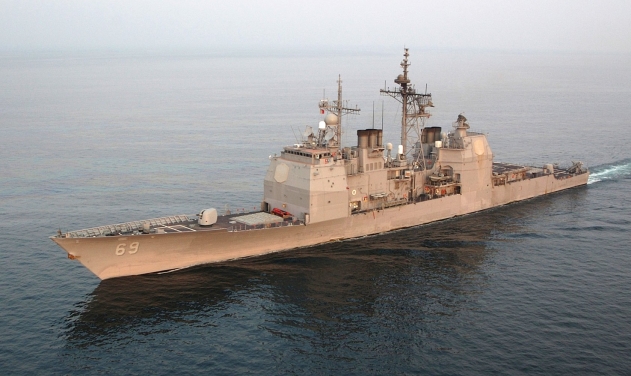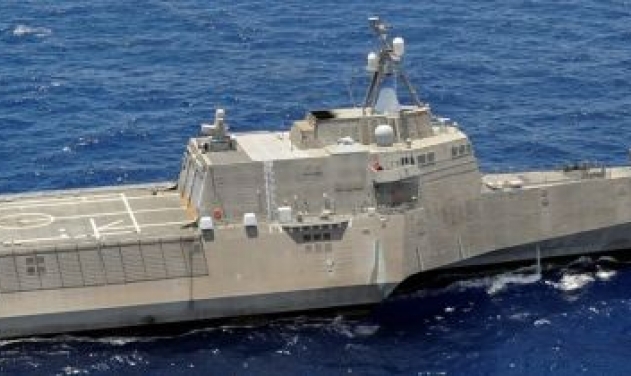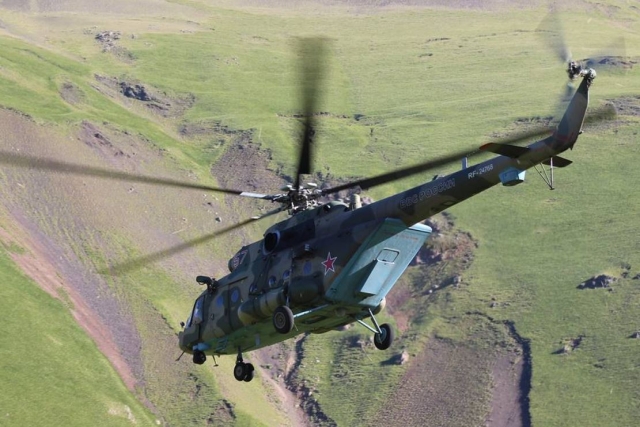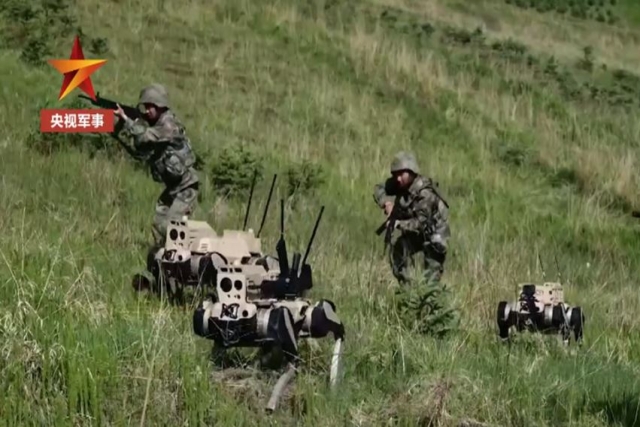US Navy Reveals 'Magic Carpet' Software For Fighter Jet's Safe Landing On Warship
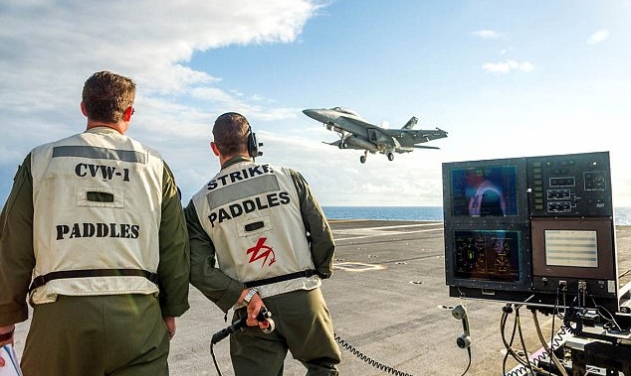
The US Navy has revealed a radical new software system, ‘Maigical Carpet’ that allows fighter pilots to land on deck safely.
The software is being tested by F/A-18E/F Super Hornet and EA-18G Growler pilots across the Navy's fleet, mail online reported today.
The system effectively acts as an electronic co-pilot for the difficult landings, taking over tasks such as having to gauge the course of landing with the moving ship, adding and reducing power, and adjusting the pitch, yaw and roll.
The pilot simply controls the flight path. Know as Maritime Augmented Guidance with Integrated Controls for Carrier Approach and Recovery Precision Enabling Technologies, the magic carpet system has been in development for several years.
Pilots after testing the system have said that it makes landings far simpler.
Magic Carpet was first tested at sea in April 2015. After that the Naval Aviation Enterprise leadership directed Naval Air Systems Command (NAVAIR) to deliver an initial capability earlier than 2019.
'Magic Carpet doesn’t replace humans — it helps them,' said Breaking Defence, which tried out the system in a simulator.
With Magic Carpet, the computer is doing paddling, constantly making tiny adjustments faster and more precisely than any human could manage to keep the aircraft on the pilot’s desired course.
The upgraded flight control software and head-up displays were tested in ground-based labs during March 2016, clearing the software for flight test in April, and from May through June, shore-based flight test was conducted.
In June, well ahead of schedule, the fleet-production release software was tested aboard USS George Washington (CVN 73). By 2019, the fleet's Super Hornet and E-18G Growler squadrons will have the full capability.
"The pilots approaching the carrier focus on three things: watching their lineup, with the goal being to catch the third of four wires in the aircraft arresting gear; angle of attack, needed to ensure the tailhook on the back of the plane catches a wire; and speed." Capt. David Kindley, F/A-18 and EA-18G Program Manager in the Program Executive Office for Tactical Aircraft, said.
